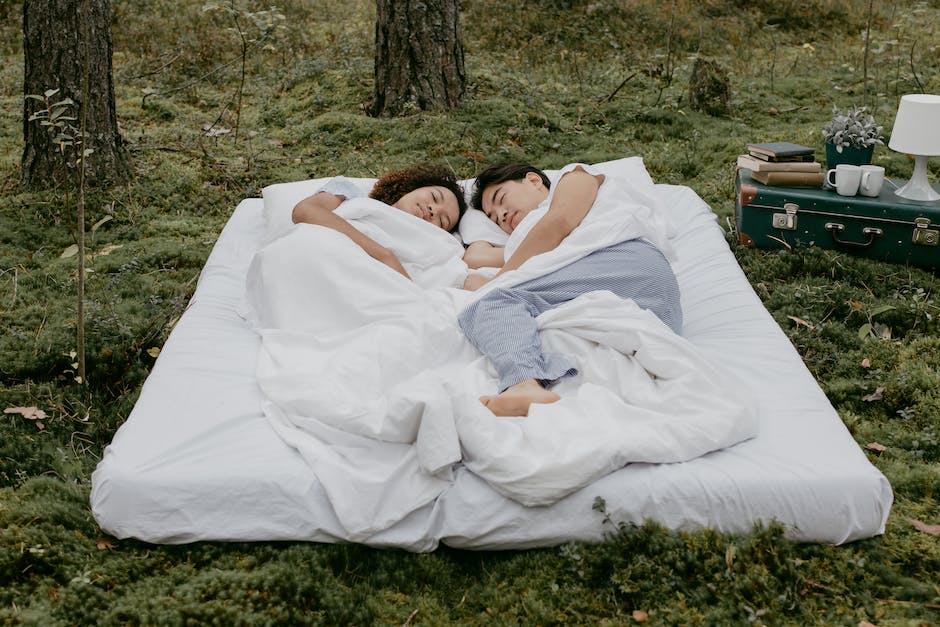What Is the Best Type of Sleeping Bag for Camping?
Are you planning a camping trip with your family and wondering what type of sleeping bag would be the best choice? As a father of three kids and an experienced camper, I understand the importance of a good night’s sleep while camping. In this blog post, I will share my expertise and personal experiences to help you choose the perfect sleeping bag for your camping adventure.
[recommendations keyword=’what-is-the-best-type-of-sleeping-bag-for-camping’]
Understanding Sleeping Bag Temperature Ratings

The temperature rating of a sleeping bag is one of the most important factors to consider when choosing the best one for your camping trip. The rating indicates the lowest temperature at which the bag will keep you warm. It’s crucial to pick a sleeping bag that suits the climate and weather conditions of your camping destination. Here’s a breakdown of the common temperature ratings:
- Summer Bags (30°F and Higher): These bags are suitable for warm weather camping, typically during summer or in locations with mild climates.
- Three-Season Bags (15°F to 30°F): These bags are designed to provide comfort and warmth in spring, summer, and fall camping.
- Cold-Weather Bags (15°F and Lower): If you plan to camp in winter or in cold climates, a cold-weather bag will keep you cozy and protected from freezing temperatures.
Remember, it’s better to choose a sleeping bag with a temperature rating slightly lower than the expected minimum temperature of your camping destination. That way, you’ll stay warm even if the temperature drops unexpectedly.
Sleeping Bag Shape and Size

Sleeping bags come in various shapes, each offering different benefits. The most common shapes are:
- Rectangular Sleeping Bags: These bags offer plenty of room to move around and can be unzipped fully to form a blanket. They are ideal for family camping trips where comfort is a priority.
- Mummy Sleeping Bags: Mummy bags are tapered at the feet and are narrower around the body, which helps retain heat more efficiently. They are lightweight and packable, making them suitable for backpacking and camping in colder climates.
- Semi-Rectangular Sleeping Bags: Also known as hybrid or modified rectangular bags, they offer a balance between roominess and weight. These bags are versatile and can be used for various camping activities.
Additionally, consider the length and width of the sleeping bag to ensure a comfortable fit. Many sleeping bags come in regular and long sizes, and it’s important to choose the size that suits your height and body shape.
Insulation Types

Insulation is key to keeping warm during chilly nights. Here are the common types of insulation used in sleeping bags:
- Synthetic Insulation: Synthetic materials like polyester are commonly used in sleeping bags. They offer good insulation even when wet and are more affordable than down insulation. Synthetic bags are suitable for most camping trips.
- Down Insulation: Down feathers from ducks or geese provide excellent warmth and packability. However, down insulation loses its insulating properties when wet and is more expensive than synthetic insulation. Choose down sleeping bags if you camp in dry conditions or prioritize lightweight gear.
Consider your camping needs, budget, and weather conditions to decide which insulation type is best suited for you.
Additional Features to Consider
- Zippers and Hoods: Look for bags with high-quality zippers that are easy to operate. A hood helps to retain body heat and provides a cozy feel during cold nights.
- Shell and Lining Material: Choose sleeping bags with durable and water-resistant shell materials to protect you from external moisture.
- Packability and Weight: If you plan to backpack or hike to your camping destination, opt for lightweight and compressible sleeping bags that won’t take up much space in your backpack.
As an experienced camper, I highly recommend trying out the sleeping bag before your camping trip. Testing it indoors will help you gauge its comfort level and suitability for your specific needs.
Conclusion
Choosing the best type of sleeping bag for camping is crucial to ensure a pleasant and comfortable outdoor experience. Consider the temperature rating, shape and size, insulation type, and additional features when making your decision. Remember, everyone’s preferences and camping needs might vary, so it’s important to assess your personal requirements.